45% OFF BLACK FRIDAY SALE ON NOW! →
Creativity and the AI Economy
Long believed to be a fundamental human trait that cannot be learned by a machine or an algorithm, creativity is not out of the technical reach of AI research. This opens up fascinating possibilities for human-AI collaboration where anyone in the future could become an artist or a designer.
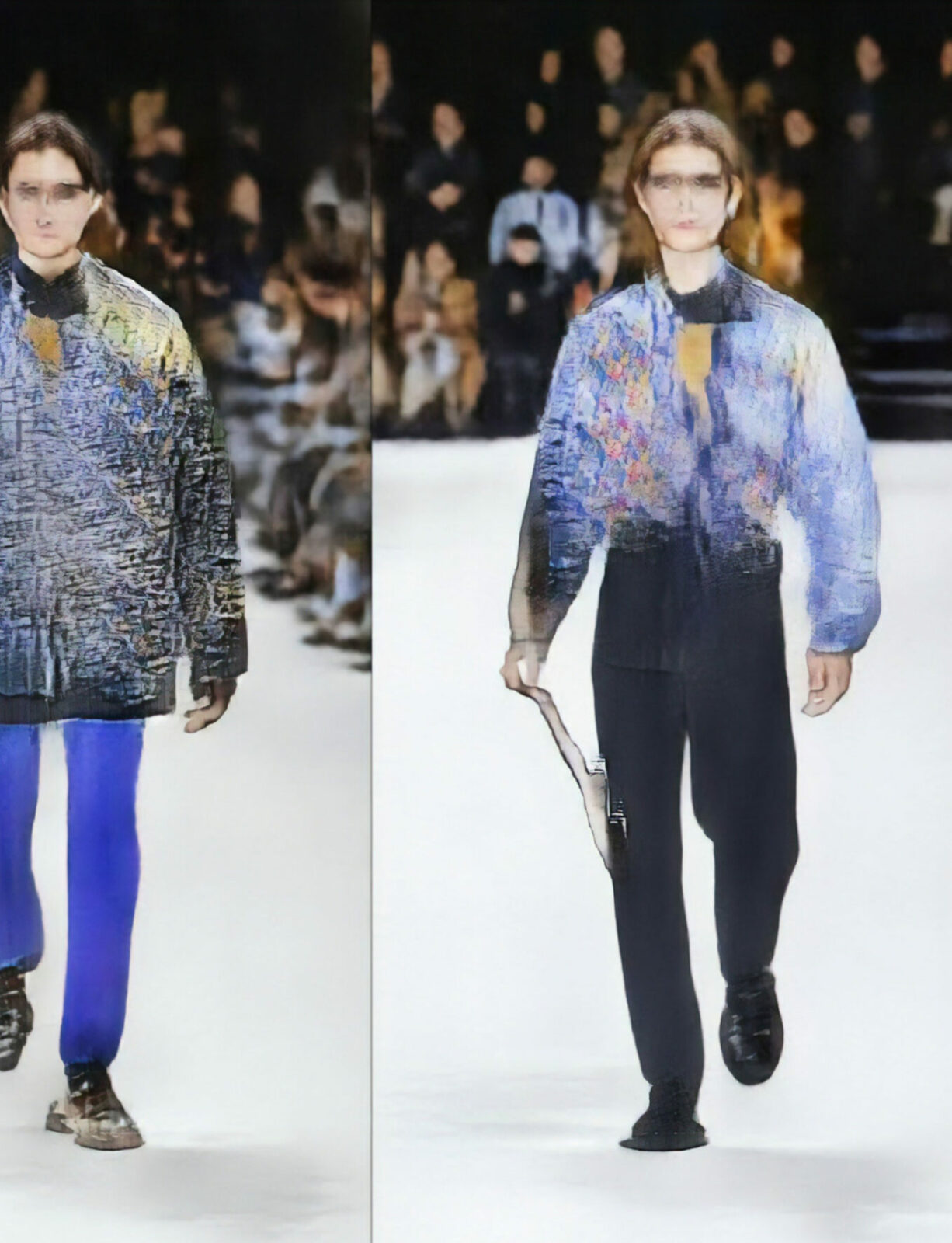
Words:
Raj Mukherjee
Artwork:
Robbie Barrat
You would be forgiven for believing that the impact of artificial intelligence (AI) and machine learning (ML) on human society will be limited to automating repetitive, low-wage tasks that are “dumb” enough to be done by a machine. After all, a robot cannot be “creative”, or come up with original ideas or “think”. Think again.
Recent breakthroughs in AI research mean that even the foremost AI experts today are unsure about the true ceiling for AI capabilities. And this includes the realm of professions that were long considered out of reach for AI – namely creative fields such as fine arts, culinary art, architecture, fashion and product design.
A creative Turing test
How does one measure whether or not an artificial entity is “creative”? The brilliant British mathematician Alan Turing, in his breakthrough 1950 paper “Computing Machinery and Intelligence”, proposed to replace the question “can machines think?” with an alternative philosophical question “can you tell that it was a machine?”. In other words, if a human discriminator, is unable to differentiate the response of a machine to a question from that of a human, the machine has successfully “imitated” human intelligence.
This ‘Imitation Game’ (also the title of a successful film on the life of Alan Turing) underpins much of AI research and development since. The foundations of many machine learning algorithms – from driving autonomous cars to Siri – is to train an algorithm on vast amounts of big data to “imitate” the response of humans to different questions or common situations. And by doing so, imitating human intelligence.
Can the idea of a Turing test be feasibly extended to creative fields as well? If a human discriminator cannot tell that a creative work was made by a machine or a human, does the work pass as being creative? Or is just that the human discriminator was not smart or knowledgeable enough to tell the difference?
Can AI create?
Recently Christie’s had its first-ever auction of a piece of art “painted” by an AI entity that sold for $432,000. The painting is titled “Portrait of Edmond Bellamy” and is one of a series of portraits by Paris-based collective called Obvious that is exploring the intersection of AI and arts. To “paint” this portrait, the collective applied a version of the creative Turing test called Generative Adversarial Network (or GAN).
The GAN has two entities that are essentially competing with each other. There is the Generator – an AI entity that has been fed with a massive dataset of paintings (in this case, nearly 15,000 portraits from the 14th century onwards) – and a Discriminator who mimics the role of a human and tries to tell the difference between a human-painted artwork and one that is created by the Generator. The two entities are adversaries and the Generator wins when the Discriminator cannot tell the difference.
The workings of the GAN might suggest that the AI is just “copying” a version of legacy artwork – not being creative or “original”. In fact much of the criticism of Turing-based algorithms argue just that – that because a human cannot tell the difference, does not mean that the machine is “intelligent”.
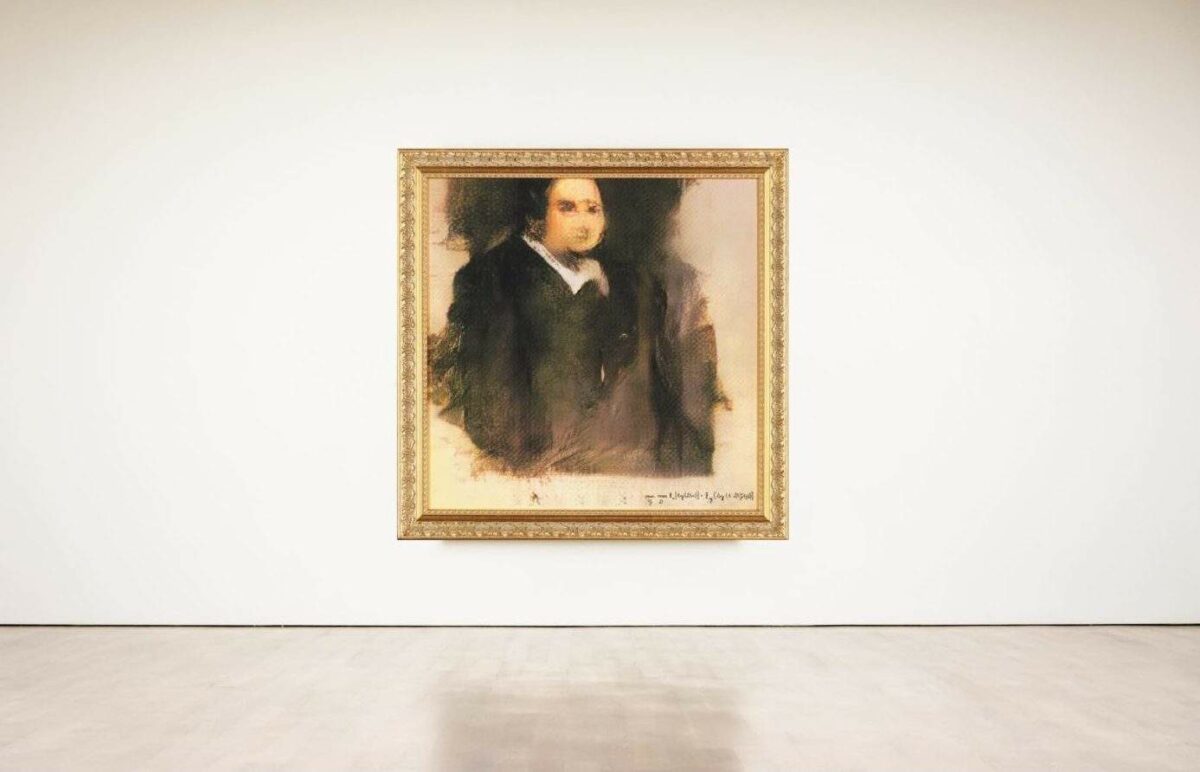
“You can't tell if a machine has gotten smarter or if you've just lowered your own standards of intelligence to such a degree that the machine seems smart.”Jaron Lanier
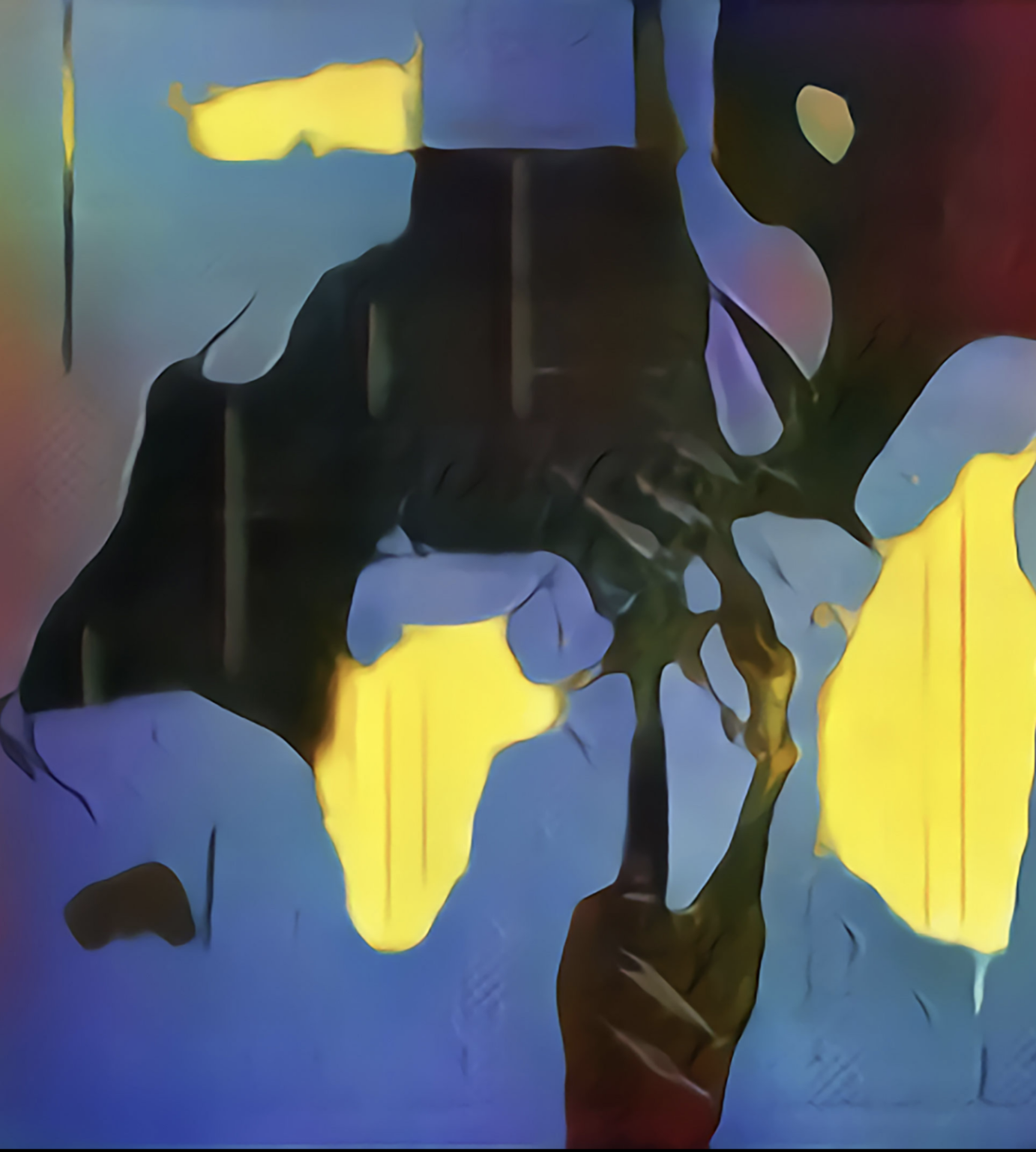
However, as AI continues to evolve, fascinating new insights suggest algorithms are in fact able to learn what it takes to be “original”. New algorithms developed by the Art and Artificial Intelligence Lab at Rutgers University are called Creative Adversarial Networks (CAN) – and the challenge is for the Generator to not just develop art that passes scrutiny by the Discriminator, but art this is deemed “original”. Much of the art painted by CAN tends to be abstract. Which suggests that algorithms can discern that the arc of art history has evolved naturally from different versions of realism (portraits, still life, scenery) to abstraction as past art masters have strived to break free from the past and create something new. And seeing AI naturally ‘paint’ more abstract art, begs the question – was the evolution of art history in some ways inevitable?
“I think it is because the algorithm has grasped that art progresses in a certain trajectory. If it wants to make something novel, then it cannot go back and produce figurative works as existed before the 20th century. It has to move forward. The network has learned that it finds more solutions when it tends toward abstraction: that is where there is the space for novelty.”Ahmed Elgammal
Robbie Barrat, the teenage phenom, has also been using GANs; in his application, to further art and fashion. The GANs he has developed are able to mimic not just artistics styles but have in fact extended to creating an entire line for Balenciaga based on their previous styles. The results are eye-opening and the application of AI to fashion is particularly interesting. For years, fashion was the trend being set by the designers in Paris and Milan and style was your own personal choice. But with more and more fashion houses resorting to using AI (trained with data of how influencers dress) to set next season’s style, is setting fashion trends becoming more democratized? And are we blurring the line between fashion and personal style?
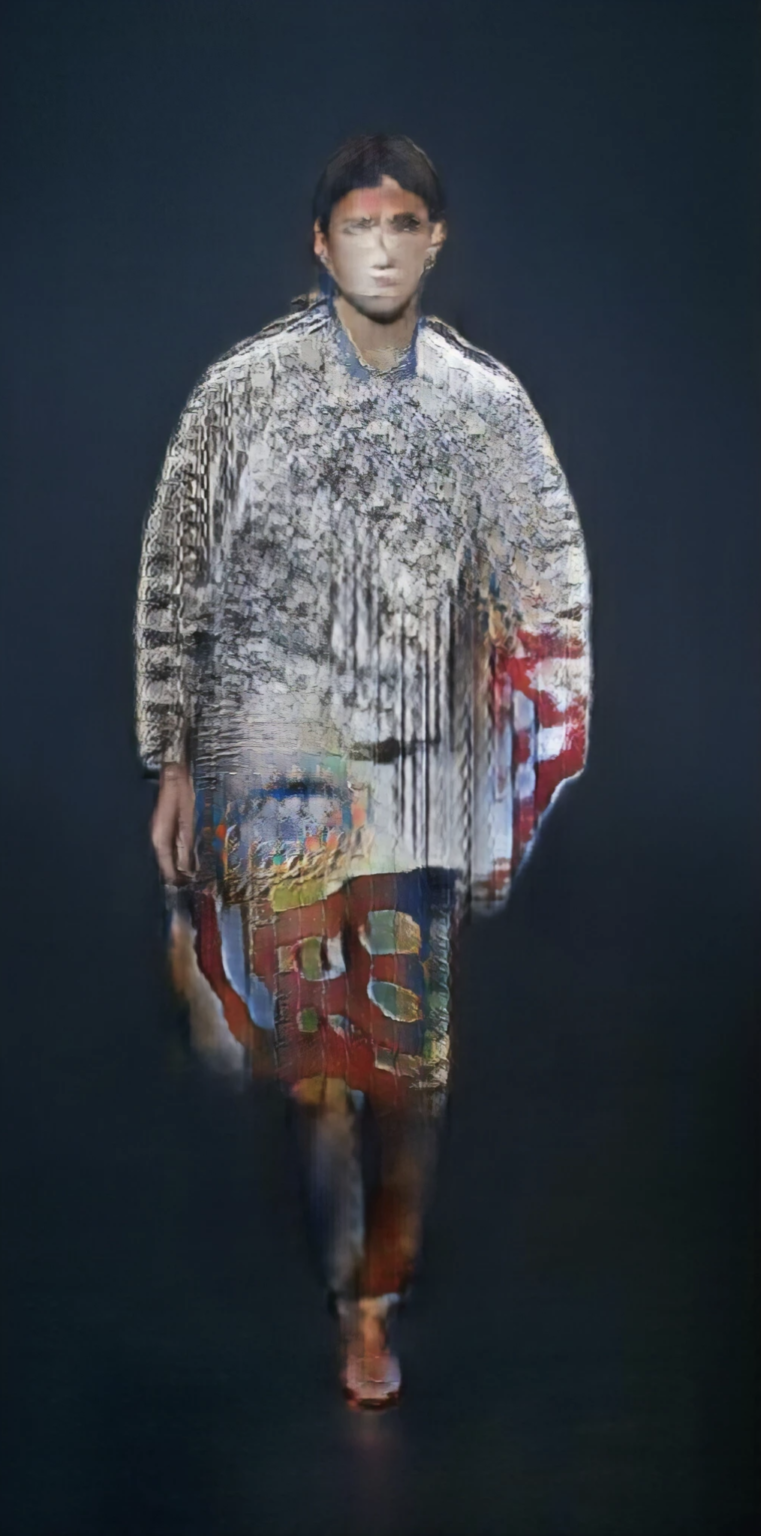
“AI in fashion design is a kind of personal stylist. The algorithm has been trained to look at millions of look-books and influencer images and is mixing and matching if you will. But when this AI stumbles on something new that eventually becomes a trend, it begs the question, is fashion becoming indistinguishable from style?”
The inevitability of it all
Perhaps the most disconcerting aspect of seeing artificial intelligence exhibiting signs of creativity is the idea that human creations were almost inevitable given a need. The application of AI to product design is one such example. An MIT lab has come up with an InstantCAD software that applies ML and AI to analyze many different parameters of product design simultaneously and strike the optimal balance to achieve a finished product.
Consider for example a wrench. Why is a wrench shaped the way it is? Why is it not shorter? Or thicker? Or longer? After analyzing various design alternatives in a matter of seconds, InstantCAD came up with the same wrench design we have today as it offers the perfect balance of the three key design parameters of torque, durability and weight. While it serves as a vindication in a way of human creativity over centuries to perfect such a tool, it is also humbling to see what was perfected over centuries, can now be recreated in a matter of seconds.
“It is amazing to think that humans have evolved to a point, that millennia of knowledge that was painstakingly perfected by generations of humans, like creating a tool, can be replicated by a machine developed by humans in a matter of seconds. And one can't help but wonder - was it inevitable. ”
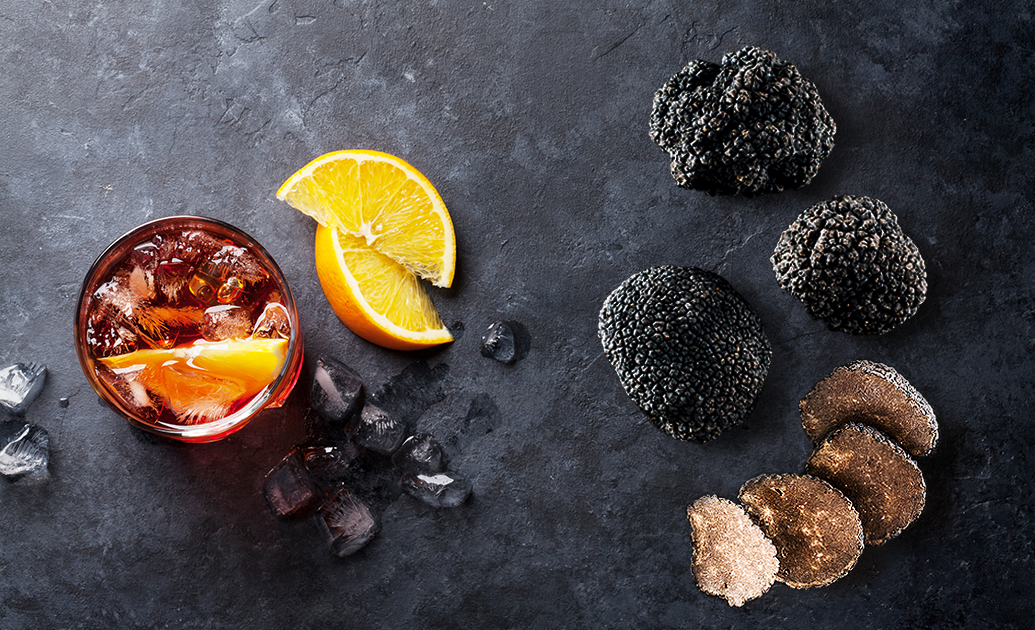
With this disconcerting inevitability comes equally fascinating possibilities. If a machine can be as creative as a human when given some specified parameters to operate within (e.g. create a tool that optimizes torque, weight and durability or create a piece of art that is original compared to millennia of art), can human-AI collaboration be creative “on-demand”? For many years fusion cuisine propagated the idea of combining flavours from around the world to create new unexpected dishes. Well what if AI was your fusion chef of the future?
What if the master chef behind the kitchen was an algorithm suggesting ingredients and pairing different flavours to create the perfect balance of salt, sweet, bitter, sour and umami? And it is a human who pulls the dish in one way or the other by choosing to accentuate a certain dimension? So the human becomes the choice and decision engine whereas the AI offers the creative possibilities.
Many don’t like this idea because they either worry about AI taking over creative jobs or because they do not believe that AI can be creative. But perhaps people who are worrying over AI replacing creative jobs and people who scorn AI for daring to be creative, both miss the point. The true possibilities lie in human-AI collaboration where all creative professions have parameters that can be explored to their limits. The future master artist, chef, fashion designer, architect or industrial designer may have no training at all in these fields. That person is not limited by the influences of the past or their own talents, but is only constrained by their imagination. In other words, anyone can be creative.
“What I'm looking for out of cognitive systems is not just another form of computing but something that actually creates a presence in our life and through that presence is able to inspire us." ”Rob High
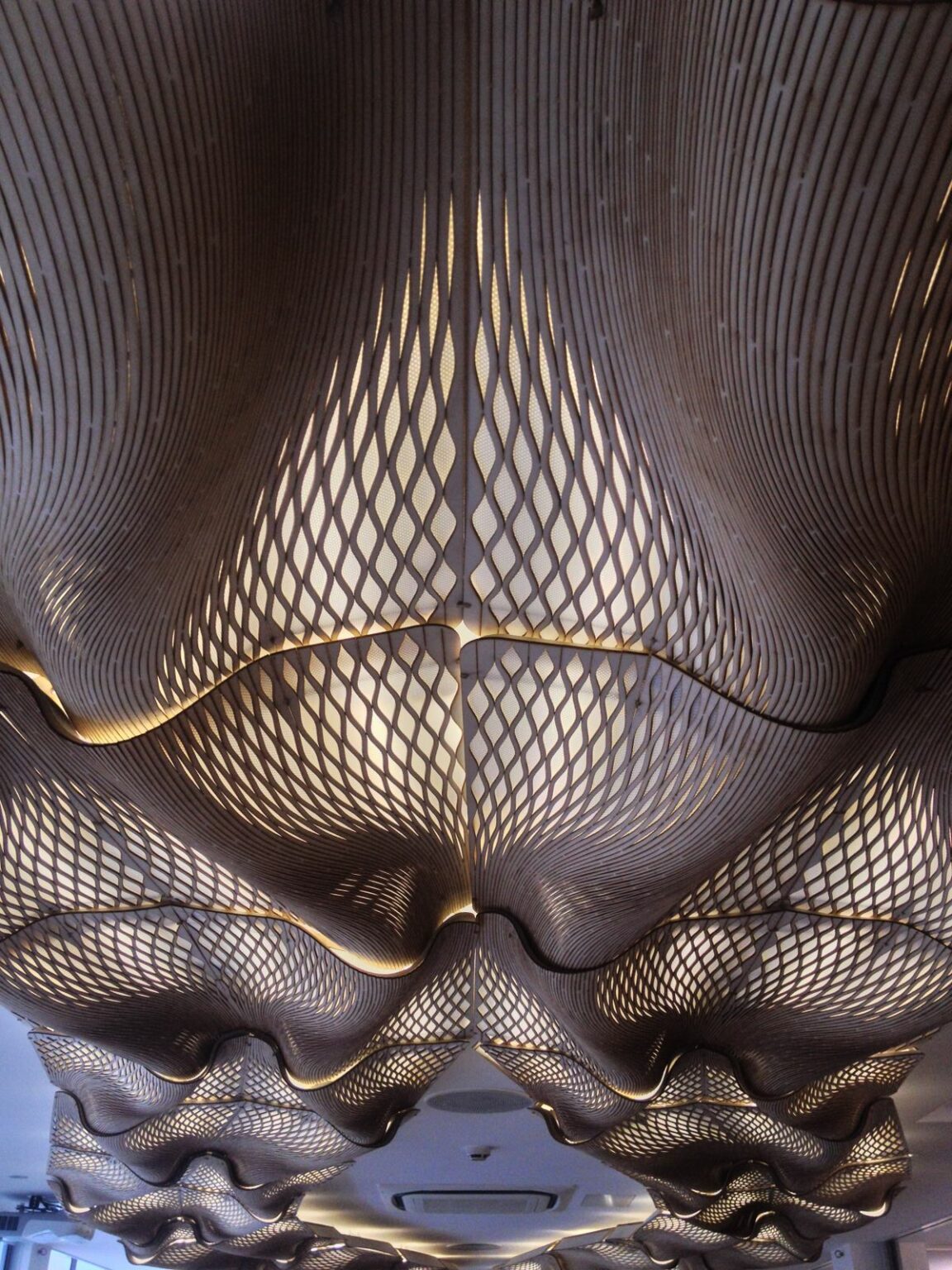
Mamou-Mani’s AI-created plywood lattice installation “Wooden Waves” – won the Gold Award at the 2016 American Architecture Price and is again a sign of how far AI has come along in creative fields such as architecture. With hundreds of interlocking lattices, a wondrous, organic structure, optimized to be supported by a ceiling was created by a human-AI collaboration.
With human-AI collaboration at its infancy, humans have started affecting change in a way that we are only just beginning to understand. And the naysayers who say that an AI engine cannot be creative without human guidance or human collaboration are ignoring the obvious. As the book Future Mutation: Technology, Shanzai and the Evolution of Species memorably says, we are to machines what bees are to clover. Whole families of plants would die out if an external agent wasn’t there to facilitate pollination; that does not mean however you can say that these plants do not reproduce. Similarly, just because an AI engine cannot create works of art without human facilitation as an external agent that defines the parameters, does not mean that AI cannot be creative when provided such guidance.
More Stories
-
 17.11.2025 | News
Black Friday Sale - 45% off everything* Copy
17.11.2025 | News
Black Friday Sale - 45% off everything* Copy
Our biggest (and only) sale of the year is here. Over $460++ off cookware. 45% off everything.*
-
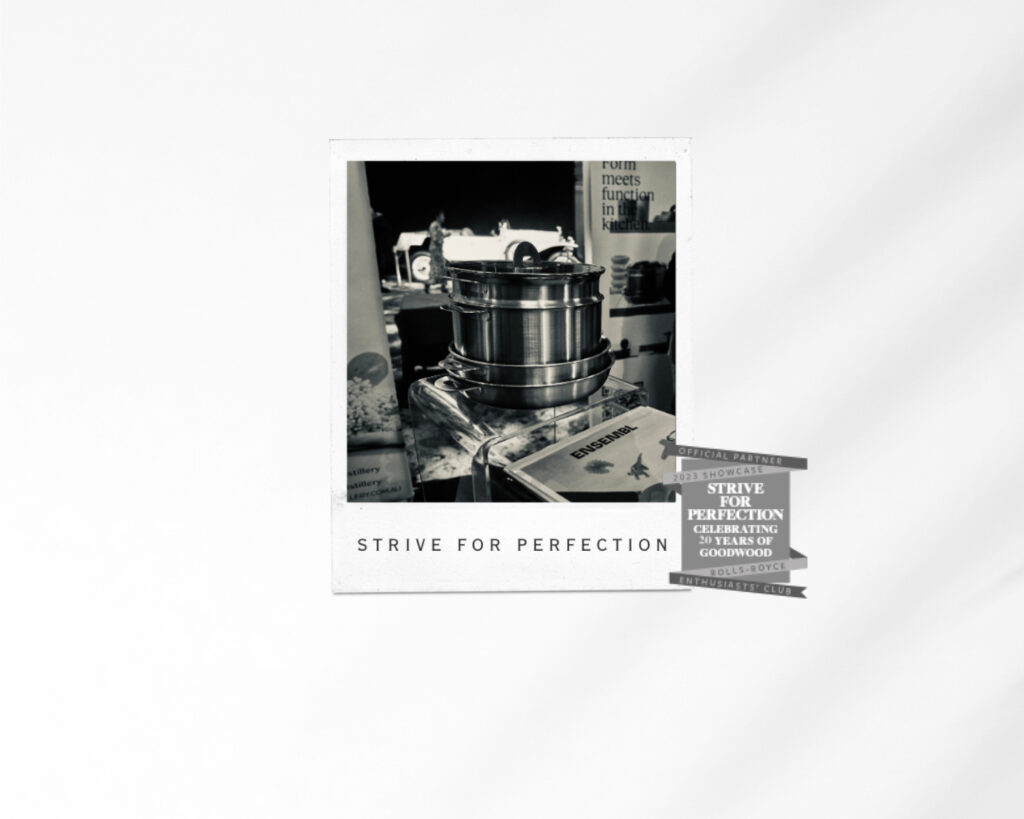 05.11.2023 | News
Celebrating with Rolls-Royce
05.11.2023 | News
Celebrating with Rolls-Royce
Bringing design, innovation, sustainability, performance, luxury, and craftsmanship together.
-
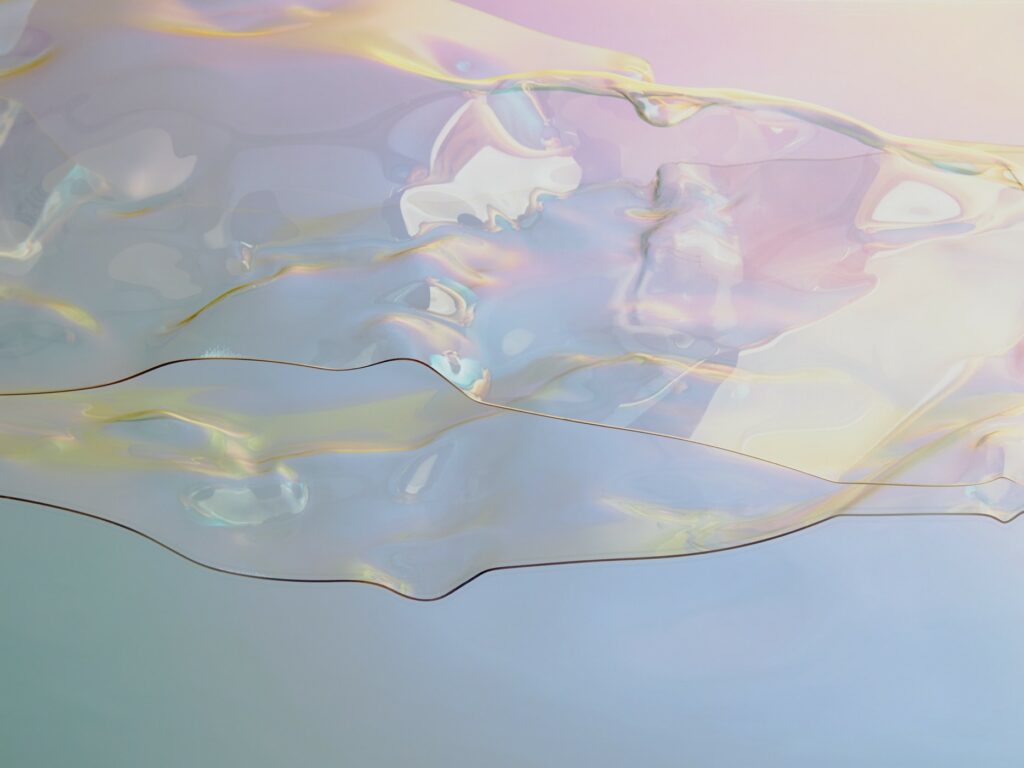 01.11.2023 | News
Utility Patent Granted
01.11.2023 | News
Utility Patent Granted
The ENSEMBL: Stackware Removable Handle has received a utility patent.
Free shipping on all North American orders.